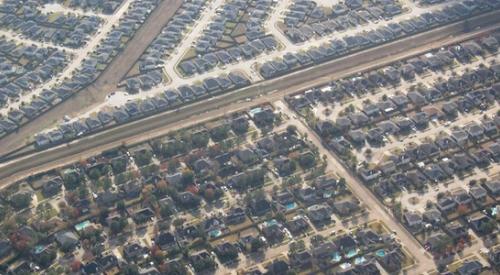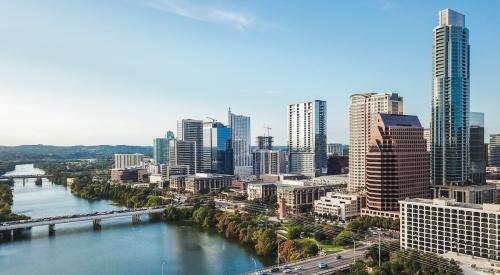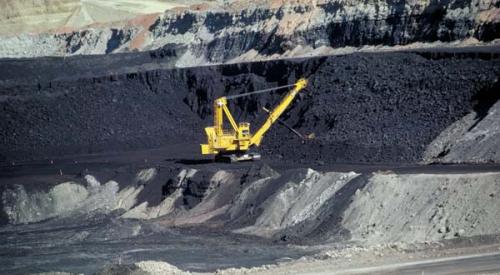Despite oil prices dropping from over $100 a barrel in the summer of 2014 to less than $50 a barrel a year later, the Lone Star State continues to grow and entice workers.
According to Bloomberg, eight of the top 20 counties that gained the most population in 2015 were in Texas and four metros alone (Dallas, Houston, San Antonio, and Austin) added more than 412,000 people from July 2014 to July 2015 combined.
But how is this happening? If Texas is the biggest energy-producing state in the country, shouldn’t it be feeling the effects of the oil crash?
Those effects haven’t been completely negated in the state, but a diversified labor market with a corporate-friendly tax structure is working in tandem with affordable housing to keep a steady influx of new residents to the southern state. Harris County, which is where Houston is, gained over 440,00 people since 2010 and led the entire country in population gain in 2015 despite being a global hub for the energy industry.
Although median home prices have increased 37 percent in five years and stood at $189,000 in January, Houston is still cheaper than most big cities on the coasts. Additionally, the lack of a state income tax means workers have a favorable view of the state and low corporate taxes make a company relocation attractive.
However, Texas might not be able to outrun the weakened energy industry forever, and it is entirely possible next year will bring with it a residual impact on the state’s population growth.












